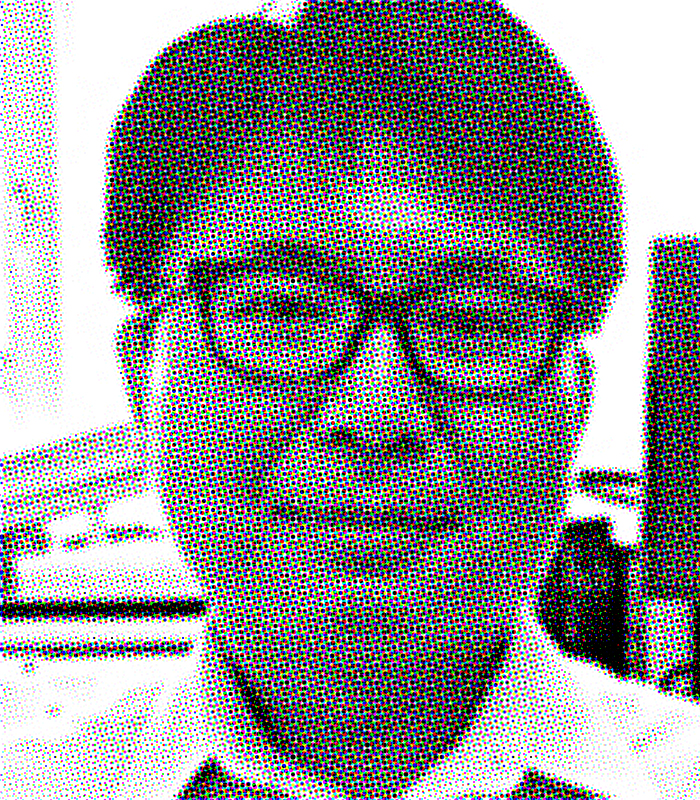B.A. & M.A. (Seoul National); Ph.D. (UCLA)
金教授是一位藝術史學家,研究重點為漢代與六朝(公元前206﹣公元589),特別是與佛教相關的中國。他的研究目的是覆蓋泛佛教世界中的全部。結果,他被歐亞文化之間的關係與相互影響引起了強烈的好奇心。
他的發表經歷涵蓋了非常廣泛的主題,包括考古學、文獻學以及宗教研究,在諸多專案之中,他目前正在著手進行的研究專案是一本專著,題為《用於崇拜的雕塑:中國早期中古的佛教與雕像崇拜》(暫定)。
加入藝術系之前,他在明尼蘇達大學擔任東亞藝術與考古學助理教授(2012-2015年),並於斯坦福大學人文學院擔任安德魯·W·梅隆學者(2010-2012)。他在加州大學洛杉磯分校攻讀博士學位期間師從于羅泰與葛瑞高利·紹本(2011),他先後于首爾大學考古與藝術史系獲得文學士(2003)與文學碩士(2005)學位。
他精通梵文,犍陀羅文,吐火羅文以及原始形式的經典藏文。

Referred/peer-reviewed journal article
Chapter in book
Translation
1. “Cultural History of Statues in Early China” (2020-2022), General Research Fund (14619519), Hong Kong Research Grants Council.
2. “New Perspectives on Kharoṣṭhī Inscribed Artifacts Discovered in China Proper” (2019-2020), Direct Grant for Research (4051129), Faculty of Arts, CUHK.
3. “Sculpture for Worship: Buddhism and The Cult of Statues in Early Medieval China” (2015-2016), Direct Grant for Research (4051064), Faculty of Arts, CUHK.
4. “Sŏkkuram and Iran: The Domed Korean Buddhist Sanctuary with a Central Image for Circumambulation and Its Precedents in Kucha (Xinjiang)” (2013-2014), Korean Studies Grant, Academy of Korean Studies.
Faculty of Arts Outstanding Teaching Award (2020)